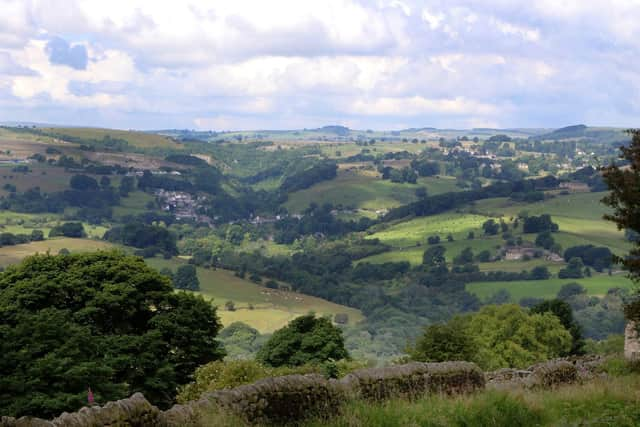Peak District Landscape Strategy will help shape the national park over the next ten years
and live on Freeview channel 276
Members of the Peak District National Park Authority have approved the updated Peak District Landscape Strategy 2023-32, which catalogues all the unique aspects of the area from White Peak to Dark Peak, hills, dales and settlements.
Speaking in a meeting of the authority, landscape architect Rob Meetham said: “The landscape strategy sits beneath the National Park Management Plan and gives detail about what is special and where within the national park landscape.
Advertisement
Hide AdAdvertisement
Hide Ad“It informs and guides the implementation of the Local Plan, so it does that by adding detail and informs planning submissions and planning decisions.”


He explained that the strategy would be used in particular to implement landscape policy L1 of the Local Plan, allowing planners to determine whether development ‘conserves and enhances the valued landscape character’.
Among the likely ‘pressures’ on the Peak District over the next ten years, the document states: “The demand for housing could adversely affect the character of the historic settlement pattern and the relationship of settlements to the wider landscape.”
The strategy predicts climate change adaptation and mitigation measures, including expansion of woodland creation schemes, moorland restoration and increased natural flood management, are likely to affect the landscape character, while ash dieback disease will result in extensive tree loss.
Advertisement
Hide AdAdvertisement
Hide AdThe document says: “Potential changes to agricultural land management, driven by the push to net zero and loss of biodiversity, is likely to have the biggest impact on the landscapes of the Peak District.”
It gives examples of field pattern and scale, drystone walls, relic patches of heathland, wet pastures and scrub field barns as features that are ‘vital for the character of the landscape’ potentially threatened by agricultural improvement and intensification.
Expressing his approval of the strategy, Councillor Ken Smith commented: “We’re in the business of managing change and I think this document enables us to do that, manage the change that is inevitable across the Peak District landscape.”